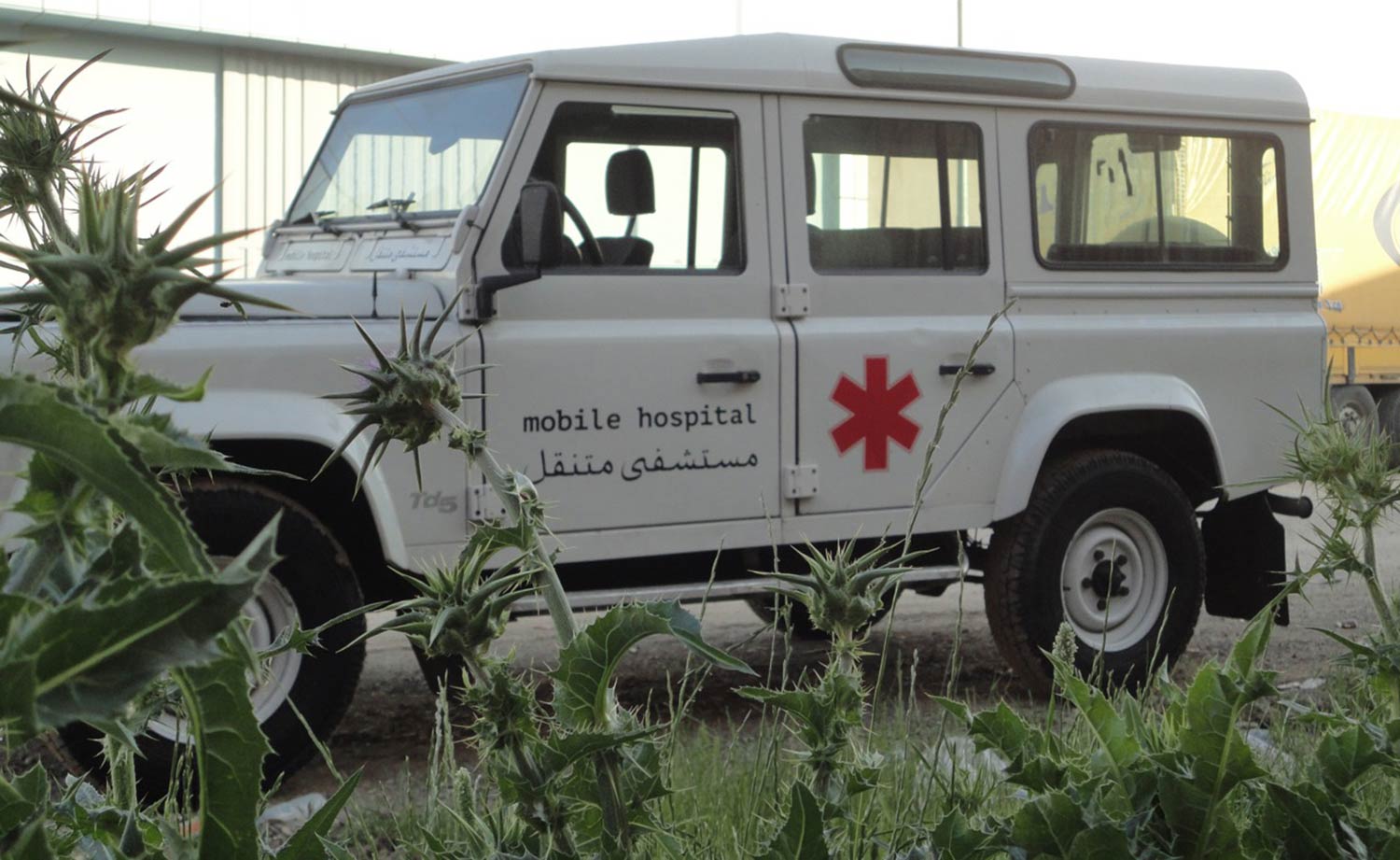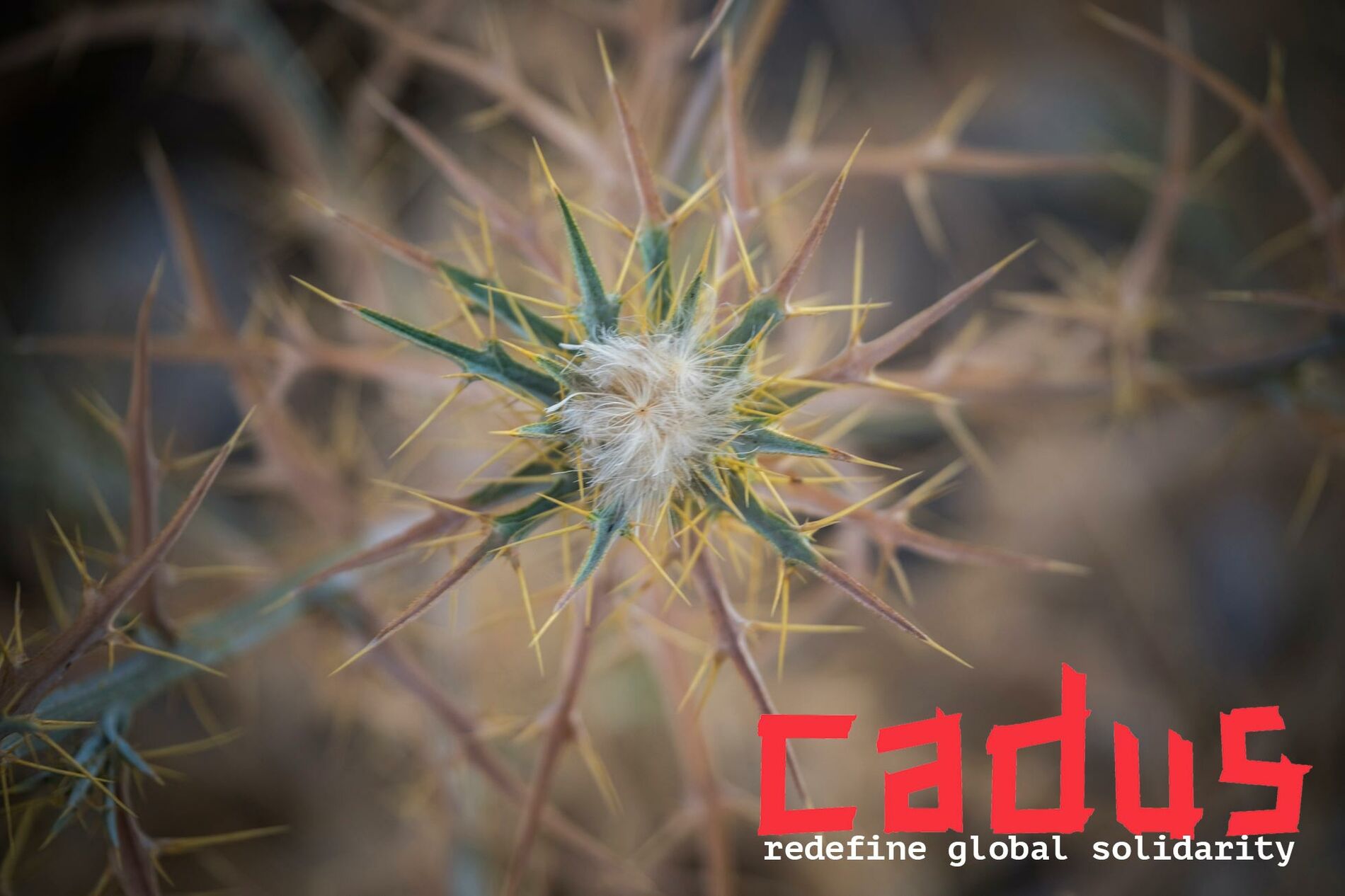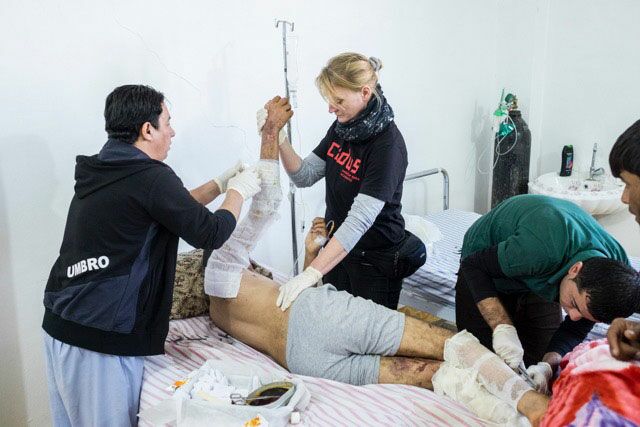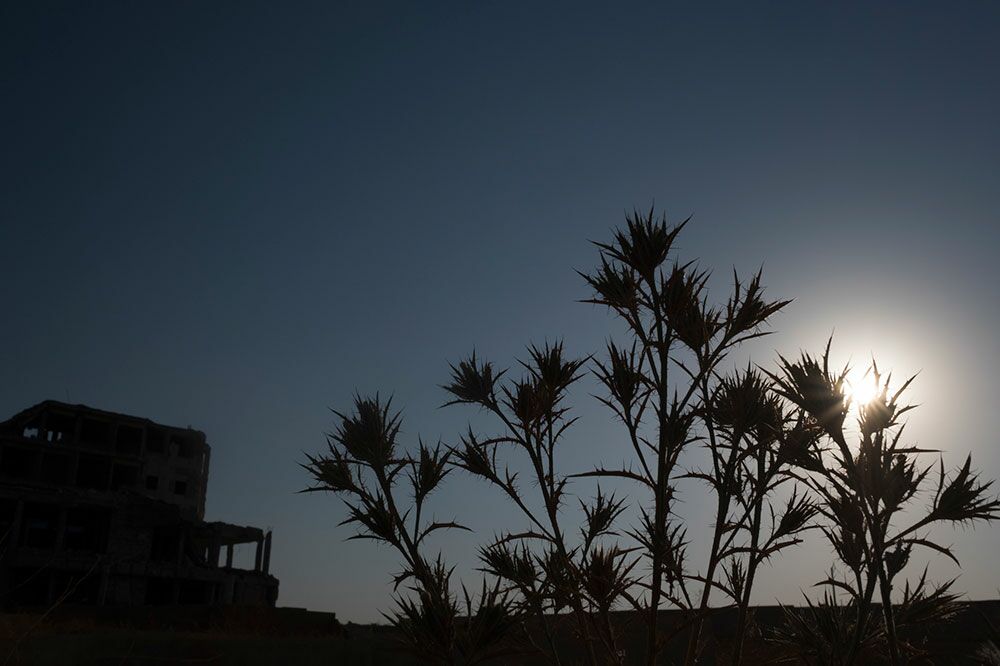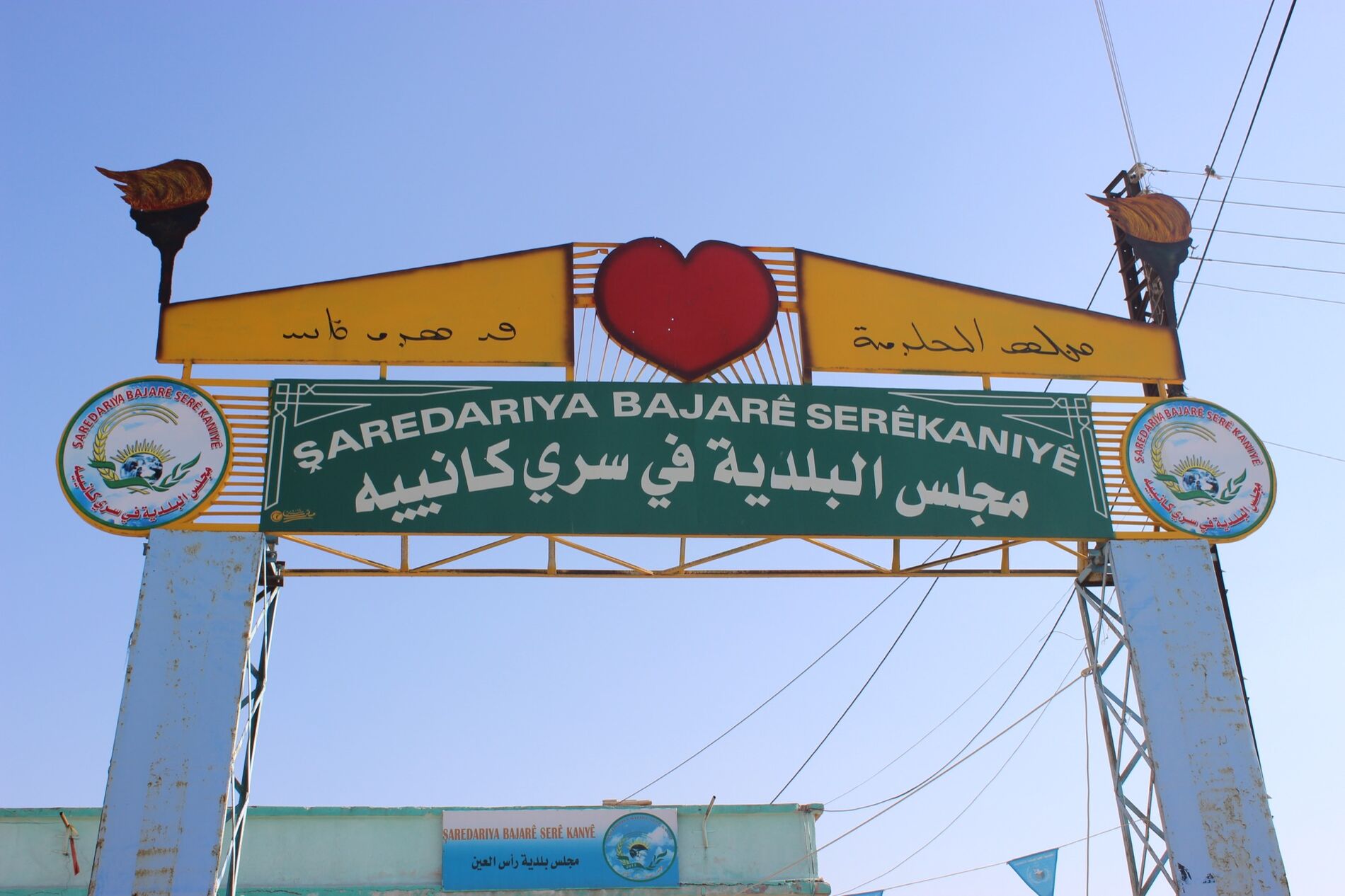
the-end-of-rojava-feature-IMG_4979-48f09dce
The end of Rojava?
No, we are not talking about the end of the self-government project in Northeast Syria, although the situation on site is certainly raising concerns.
Turkish assaults, flight and displacement, and the creeping return of the Assad regime make us think about discontinuing the use of the name ‘Rojava’ for the region in northeast Syria, where self-government was assumed in the early summer of 2012, under different political circumstances.
Rojava – The Kurdish Cantons
Since 2012, the western regions of Kurdish settlement have been labeled ‘Rojava’. If we consider the Turkish-Iraqi border region the center of a possible Kurdish state, the Kurdish territories in Turkey would have to be named Bakur (Northern Kurdistan) whilst the Kurdish regions in Iran would be Rojhilat (Eastern Kurdistan) and the regions in Iraq and Syria would be Bashur (Southern Kurdistan) and Rojava (Western Kurdistan). Unlike in those countries, the Kurdish settlement regions in Syria are not on a stretch due to the relatively recent establishment of the border between the Turkish Republic and the Kindgom of Syria in the wake of the First World War.
When the Syrian regime withdrew their troops and administration from northeast Syria in mid-2012, they left behind a power vacuum that was quickly filled by Kurdish partisan alliances led by the Democratic Union (PYD). Initially confined to cities and regions with a Kurdish population majority, they coined the name ‘Rojava’ for their territory of administration.
New Territories – New System
In the course of the Syrian civil war and the fight against ISIS that came with it, regions beyond the initial area of administration around Afrin, Kobani und Hasakeh had to be restructured. Gradually, the self-government's territory was extended into regions with an Assyrian-Aramaic-, Turkmenian-, or Arab-dominated population.
In order to raise awareness for this development in the outside perception, what had been labeled the ‘Democratic Federation of Rojava’ since spring 2016 became the ‘Democratic Federation of Northern Syria’ by the end of the same year. Additionally, many larger cities with an Arab population majority have formed associated local councils operating independently from each other since 2017. This is especially the case with the regions around Raqqa, Manbij and Deir ez-Zor. The abandonment of Kurdish-inspired naming conventions also reflects the desire not to be perceived as ‘the Kurdish project in Syria’, but rather as the common government and life reality for all linguistic and religious groups within the region.
Federation or Autonomous Administration?
It has always been a proclaimed goal of the PYD-led self-government to establish a post-war order that grants a maximum of inner autonomy to the regions under their administration, whilst at the same time preserving the integrity of the Syrian state. In contrast to the assumption often made in analogy to the Kurdish autonomy region in Iraq, a declaration of independence for ‘Rojava’ has never been a matter of political debate as it is obvious that such a step would raise massive resistance from both internal and external interest groups.
In the long term, a post-war order for the population of the self-governed territory will not be possible without the consent of Bashar al-Assad, a strict opponent of any federal administration within Syria. So the area received its most recent name update in 2018. Although structured as a federation, the region was labeled ‘Autonomous Administration of North and East Syria’ (AANES).
What's Next?
Even in internal communications regarding our work in northeast Syria, we keep switching between different territorial names. Whilst northeast Syria is a geographically correct term, it excludes regions such as Deir ez-Zor, which simply is not in the north. And whilst our engagement has not yet brought us to Aleppo or Idlib, there are several other self-governed regions in Syria. So how are we supposed to maintain clear external communications without having to write blog posts like this one on a regular basis, and without confusing our audience? How are we supposed to be precise and at the same time respect the wishes of organizations and institutions we team up with? In two languages?
It's quite simple: When referring to territories, we will just stick to their geography, in this case primarily northeast Syria. When commenting on political or administrative affairs, you have seen us use the term ‘Kurdish-led Self-Government’ for a while. We will apply the same approach to other issues, e.g. military stakeholders, political parties, and so forth.
However, every now and then we will take license to use a different terminology. As a fighting word on flyers and rallies, ‘Rojava’ is just a bit catchier than ‘The Autonomous Self-Government Of Northeast Syria’ or ‘Kurdish-led Self-Government’.
You see, sometimes there's just no way to keep things both simple and correct. Not in Syria.
Published
Author:
By CADUS-PR
Stay informed about our missions, events and humanitarian emergency aid topics – with our newsletter!
Newsletter registration
I want to unsubscribe from the newsletter.
